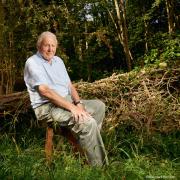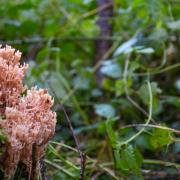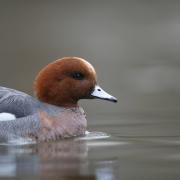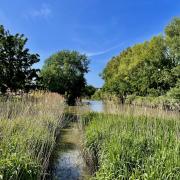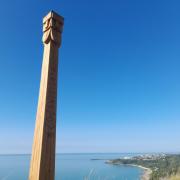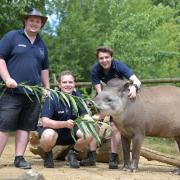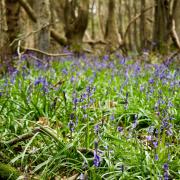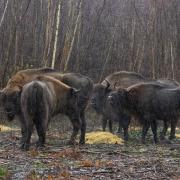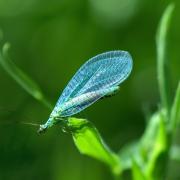Shake off the winter blues and take part in the world's biggest ever wildlife survey to find out which birds are visiting Kent's gardens
The Big Garden Birdwatch
Shake off the winter blues and take part in the world’s biggest ever wildlife survey to find out which birds are visiting Kent’s gardens
This is the time of the year garden birds need your help most. If it’s a really cold winter it’s likely more birds will come into our gardens looking for shelter and food.
By spending just one hour over the weekend recording the birds you see in your garden you can really make a difference. The more people who take part, the clearer the picture we can paint of how our garden birds are doing.
But you don’t need to be an expert. If you’re thinking telescope, binoculars or field guide think again. The beauty of Big Garden Birdwatch is that you can take part from the comfort of your sofa with a cup of tea in hand. All you need to do is record the maximum number of each species you see at any one time.
Top 10 garden birds and average number recorded in Kent gardens in 2010
House sparrow 4.13
Starling 3.81
Blackbird 3.05
Blue Tit 2.56
Collared dove 2.21
Woodpigeon 2.01
Chaffinch 1.59
Robin 1.37
Great Tit 1.22
Dunnock 1.11
Last year more than 17,000 people in Kent took part along with half a million participants nationally, helping the RSPB monitor the birds visiting our gardens over the winter period.
As well as the common garden birds you’d expect to see, a cold winter could bring more unusual visitors. Last year people reported unusually high numbers of countryside birds like Fieldfares, Redwings and Yellowhammers coming into their gardens.
Usually found in fields and farmland trees and hedgerows, these birds will come into your garden in search of food if it is less easily available elsewhere.
Top three bird profiles
House sparrow
Feeds on seeds, grains and scraps on the ground and on bird tables. Also feeds from nut feeders and enjoys mealworms. It is sedentary and rarely moves more than two kilometres from its birthplace. Despite being widely distributed throughout Britain the population remains a red listed species of high conservation concern.
Starling
Feeds on scraps, seeds and from nut feeders; it also probes into lawns for worms and grubs. Although still common in gardens the population has dropped by almost 75 per cent in the last 30 years.
Blackbird
The males live up to their name but, confusingly, females are brown often with spots and streaks on their breasts. It feeds on berries, scraps and apples, and searches for worms on the lawn.
Other members of the thrush family, including song thrush, mistle thrush and blackbird, were also seen in much higher numbers.
Past Big Garden Birdwatch results have enabled us to embark upon studies to identify the cause of certain species decline as well as steps we can take to help them recover.
Most prominently, the house sparrow which, despite continuing to top the chart, has shown a rapid decrease since 1979 dropping from an average of 10 birds per garden to just 3.7.
To do your bit for garden birds, simply spend one hour over the weekend 29-30 January 2011 counting the birds in your garden or local park and record the highest number of every bird species seen at any one time.
FIND OUT MORE
Tel: 0300 456 8330 to request a Big Garden Birdwatch form to be sent to you (calls charged at standard rate). The hotline number will be in operation from 15 November 2010 to 28 January 2011.









